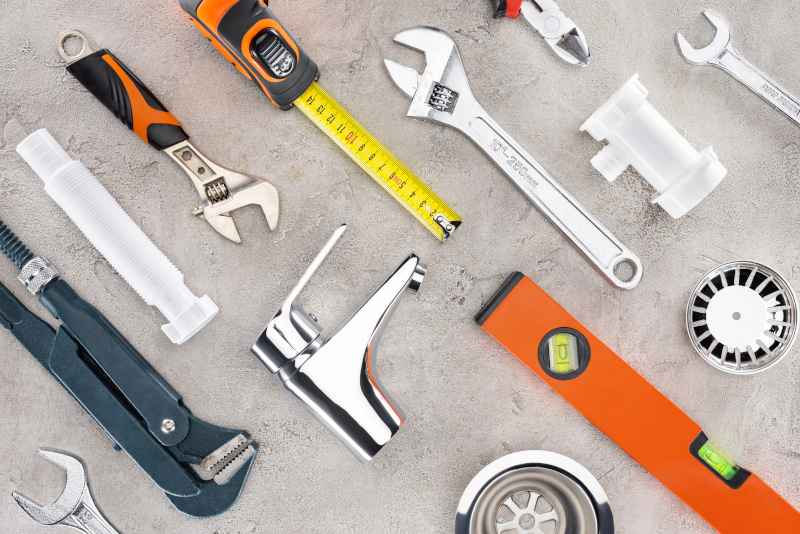The Main Parts of Your Home’s Plumbing System
Every home plumbing system has three main parts: the supply, the drainage, and the venting system. These are all vital to the safety of your water supply, as the “waste” portion has to stay separate from the “potable” supply. Otherwise … well, let’s not think about that. Here’s a breakdown of these important components.
The Plumbing Supply System
The supply system uses pressure to carry water throughout your home to your kitchen sink, toilet, and wherever else you need it. This is basically a series of pipes, valves, fittings, and faucets. Separate pipes carry out cold or hot water as necessary.
The Drainage System
Rather than using pressure, drainage components rely on gravity. To encourage this process, drainage pipes follow a downward slope, which naturally guides waste to the sewage lines or septic tank. This waste then gets delivered to your home’s septic tank or public sewer system.
The Venting System
The venting system connects to the waste drainage piping and performs a critical role. As you’ve probably gathered, the plumbing supply and drainage systems must never mix—and the venting system prevents this from happening. Without it, the water supply would routinely get contaminated. Again, let’s not dwell too long on that mental image.
To prevent any disastrous commingling, the “bridges” that exist between the drain and supply systems are vented. These vents emit air into the draining pipes, which prevents the mixing of sewer gases into the drains. In effect, this vented air causes the traps in the drains to stay shut, preventing contamination of the plumbing system. If these vents get clogged, whether it’s by critters making nests or by other types of damage, it can create serious problems.
The Path Your Water Travels
Your home plumbing system relies on the natural properties of gravity and pressure. As water enters the pipes, it travels with sufficient pressure to move uphill, around pipe elbows, and so forth. The drainage system, on the other hand, depends on gravity to “flush” the wastewater out.
Cold Water and Your Water Heater
Cold water is always on standby and ready for use, but it goes through an extra step before you can get hot water. Cold water travels through a dedicated pipe to the water heater, which then generates the hot water.
Speaking of water heaters—your water heater is usually the second-biggest consumer of energy in your home (second only to the HVAC system). For both traditional or tankless water heaters, proper maintenance is crucial to conserve energy. Also, if you have a natural gas water heater, make sure your local plumbing repair technician has experience with natural gas.
Getting in Touch With Your Home’s Plumbing
Your household depends on an effective plumbing system. With so much at stake, it’s important to know what’s what. Be sure to learn what type of plumbing you have in your home, as well as basic plumbing terminology for effective understanding and communication.
Even with all your new smarts, though, remember to appreciate the complexity of your home’s plumbing system. Whether you need new bathroom plumbing, a whole-house setup, or a quick repair, always leave the important stuff to your trusted local plumber.
*Written by Alison Kasch https://www.angi.com/articles/how-does-my-home-plumbing-system-work.htm

